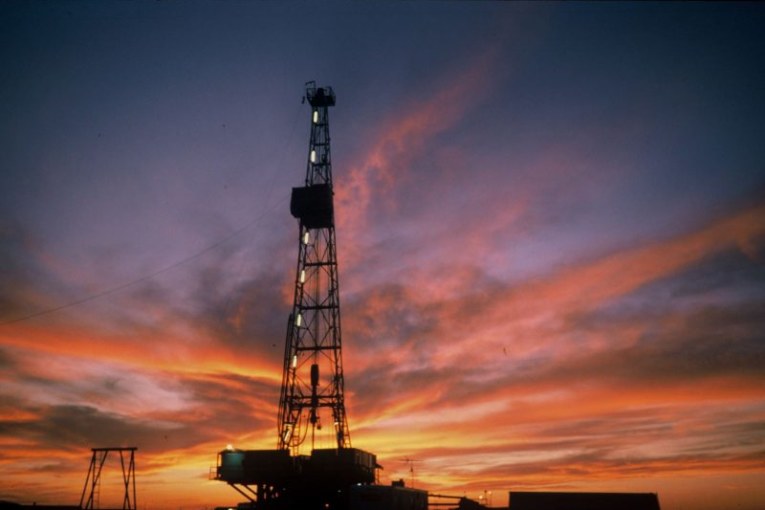
LONDON (Reuters) – Eleven years ago, on Monday Sept. 24, 2007, the price of Brent crude closed just below $79 per barrel, not far from where it is today.
Three days later, Brent closed above $80 for the first time in history. Less than 10 months after that, prices closed at an all-time high of $146.
Past prices are not necessarily a guide to the future, but the events of 2007/08 are a reminder that price moves are highly non-linear, especially around turning points in the cycle.
Price moves tend to accelerate in the run-up to cyclical peaks and troughs, as the market struggles to overcome a worsening deficit or surplus.
As a result, oil prices tend to rise far higher, and fall much further, than commentators thought possible just a few months earlier.
A DISTANT MIRROR
The current situation in the global economy and the oil market has many similarities to what happened in 2007 and 2008.
In the earlier episode, the global economy had been expanding strongly for several years, with rapid growth in oil consumption.
The U.S. economic cycle peaked in December 2007, though that was not evident until about a year afterwards, and oil prices continued rising for another seven months.
Yields on short-term U.S. Treasury notes peaked around June 2007 and U.S. equity markets hit their pinnacle in October 2007.
Most of the other major industrial economies tipped into recession in the second half of 2007 or the first half of 2008.
In the oil market, persistent concerns about demand destruction were raised, but dismissed by many participants, and validated only after prices peaked.
The introduction of new low-sulfur standards for distillate fuel oil in the United States led to concerns about the availability of enough sweet crude.
There were mounting concerns about the exhaustion of OPEC’s spare capacity and the organization’s ability to add more medium-sweet barrels to meet demand from refiners.
OPEC STAYS ON SIDELINE
Throughout 2007 and early 2008, OPEC leaders continued to insist the oil market was adequately supplied and they would make additional barrels available if refiners requested them.
But the Brent market moved into a sharp backwardation in the second half of 2007 and the first four months of 2008, indicating traders were concerned about oil availability.
In September 2007, OPEC agreed to increase its collective production by 500,000 barrels per day from the start of November, citing the tightness in U.S. fuel markets and the shift in crude futures into backwardation.
In December 2007, however, OPEC’s conference judged the market remained well supplied and that crude and product stocks were at comfortable levels and decided not to increase output further.
In March 2008, the conference continued to judge the market well supplied, noting growing downside risks in the world economy, and blamed the continued rise in oil prices on non-fundamental factors, especially speculators.
In May, the organization’s secretary-general issued a statement saying “there is clearly no shortage of oil in the market” and blaming speculative funds for the increasing volatility in crude oil.
The organization promised to be proactive in monitoring developments and act if necessary to ensure a stable and balanced market but did not promise additional barrels.
Prices continued to accelerate higher and became increasingly volatile, with $5-per-day price moves becoming frequent, and many traders pulling back from making markets due to the increase in risk.
OPEC insisted throughout that oil supplies were adequate, Saudi Arabia and other members would provide more oil, if refiners asked, but that prices were being driven by non-fundamental factors.
Eventually, the backwardation began to break down in May and spot prices started to fall from early July as the financial and economic outlook deteriorated.
With the intensification of the financial crisis in September 2008, the global economy headed deeper into recession through the second half of the year and in the first half of 2009.
WILL HISTORY REPEAT?
Could the same sequence of events play out in 2018/19?
The U.S. economy and financial markets are again at a relatively late stage in the current cyclical expansion.
In the rest of the world, the global outlook is softening, with the balance of risks tilted towards the downside, according to many forecasters.
Oil consumption growth has been strong but may be starting to soften, though as usual this will not be certain until after the event.
Six-month Brent calendar spreads are trading in a backwardation of around $2 per barrel, which is comparable to the corresponding point in September 2007.
New pollution regulations will tighten sulfur specifications for marine fuels from the start of 2020, which will put pressure on the availability of medium-density and sweet crudes.
There are reported shortages of medium crudes as imminent sanctions reduce the export of medium-density oil from Iran.
Saudi Arabia says it has enough spare capacity to increase production by another 1.5 million barrels per day but some market participants are skeptical about the amount and the quality.
The Joint Ministerial Monitoring Committee of OPEC and non-OPEC producers concluded on Sunday the overall balance between supply and demand remains healthy.
But hedge funds have amassed a large bullish position in Brent crude, amounting to almost 470 million barrels, betting prices will head even higher.
You can read more of the news on source



